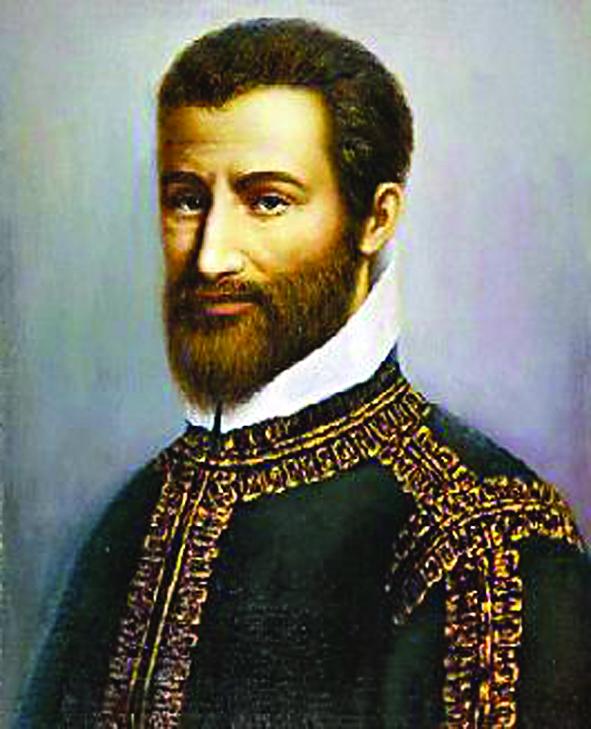Incredible though it may sound, until the new Pope is elected, the main characters of the conclave are two stoves; it is up to them to announce to the world that the Pope has been elected or that he is yet to be elected, with a white or black puff of smoke respectively. In fact, in every conclave the two stoves are part and parcel of the equally famous Sistine Chapel.

The Sistine Chapel prepared for the conclave (Galazka photos).
It is only in preparation for a conclave, in which the 115 cardinal electors are to meet to elect Benedict XVI’s successor, that the Sistine Chapel gets closed to visitors as early as a week prior. There is in fact a lot of work to do: darkening the glass in the entrance doors to protect the cardinals from possible prying eyes; mounting a raised floor to even out height differences; carrying out a technical clearing to eliminate any recording machinery; furnishing the hall with chairs and tables, and much more.
Work is going on round the clock before the amazed eyes of tourists who, on a sunny morning shortly before the conclave, do not hesitate to take pictures from St. Peter’s Square of Vatican fire-fighters mounting a smokestack on the roof of the Sistine Chapel linked to the two stoves which are to produce the smoke signals.
While work is drawing to a close in the Sistine Chapel, journalists are admitted, though only for a short visit.

The Sistine Chapel prepared for the conclave (Galazka photos).
Anyone entering the Sistine Chapel feels a different atmosphere: no noise, no crowds of tourists. All attention is drawn to the two stoves placed next to each other, from which two pipes come out and join into a single flue rising up to the roof of the palace. The more recent stove, geometrically shaped, was first used in the 2005 conclave; it is equipped with an auxiliary fumigation machine to make smoke signals more clearly visible. The older stove in which the ballot papers are burned, a cast iron tapered cylinder about a yard high, has been in use since 1939.
As reported in the book Sede Apostolica Vacante, curated by Ufficio Delle Celebrazioni Liturgiche del Sommo Pontefice (Office for the Liturgical Celebrations of the Supreme Pontiff), the dates, years and months of the previous conclaves have been engraved on the upper calotte of the stove:
1939/III (conclave for the election of Pope Pius XII)
1958/X (conclave for the election of Pope John XXIII)
1963/VI (conclave for the election of Pope Paul VI)
1978/VIII (conclave for the election of Pope John Paul I)
1978/X (conclave for the election of Pope John Paul II)
Looking away from the two stoves we hardly have time to notice how different the Sistine Chapel looks; in the first section of the Chapel a platform has been installed leading to the second section, where new flooring has been laid. Tables covered with wine-colored cloths, with their chairs, are lined up on both sides of the raised floor.
Before leaving we look up to Michelangelo’s Last Judgment and cannot help thinking that this masterpiece will witness another historical event. From the beginning to the end of the conclave the eyes of the world will be on the chimney on the roof of the Sistine Chapel to see whether the smoke coming out is black or white.




Facebook Comments